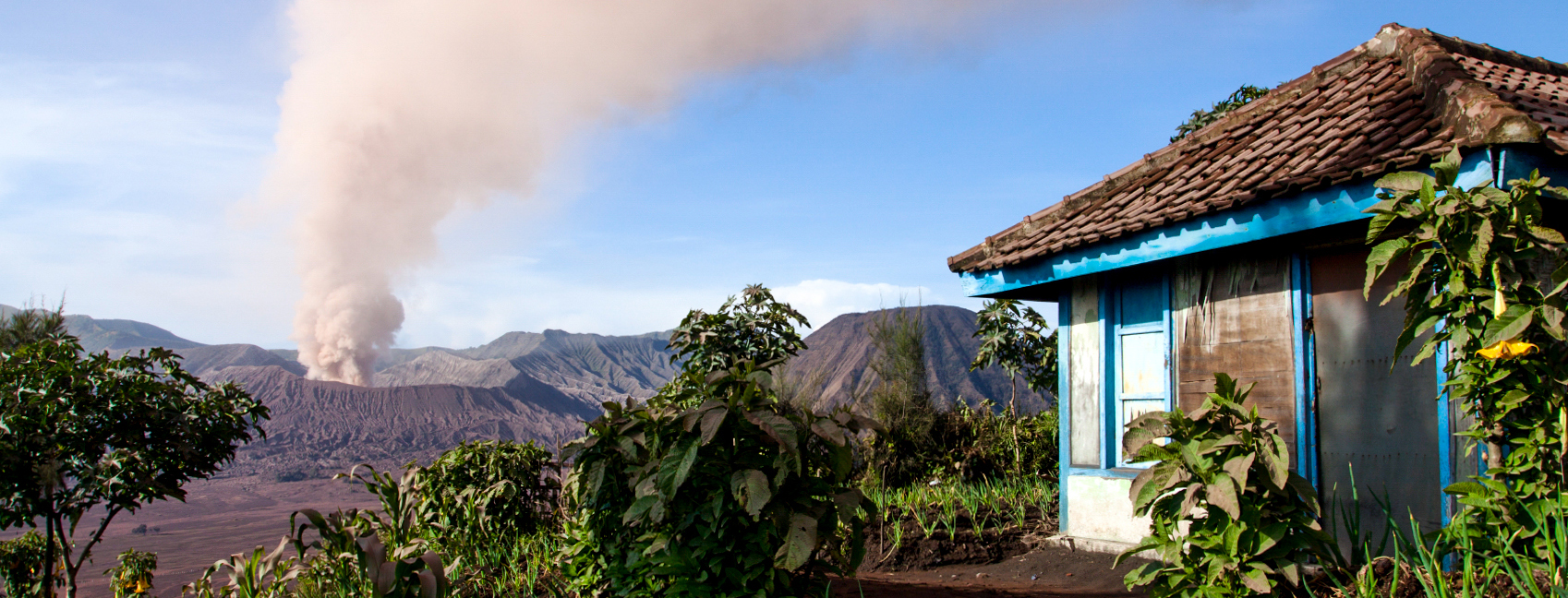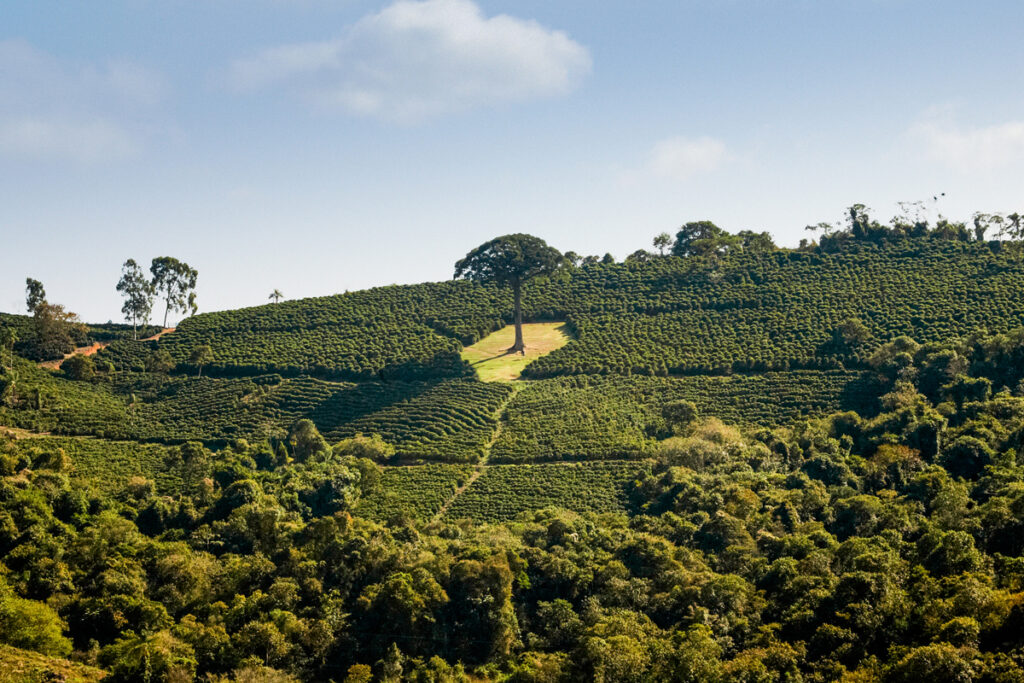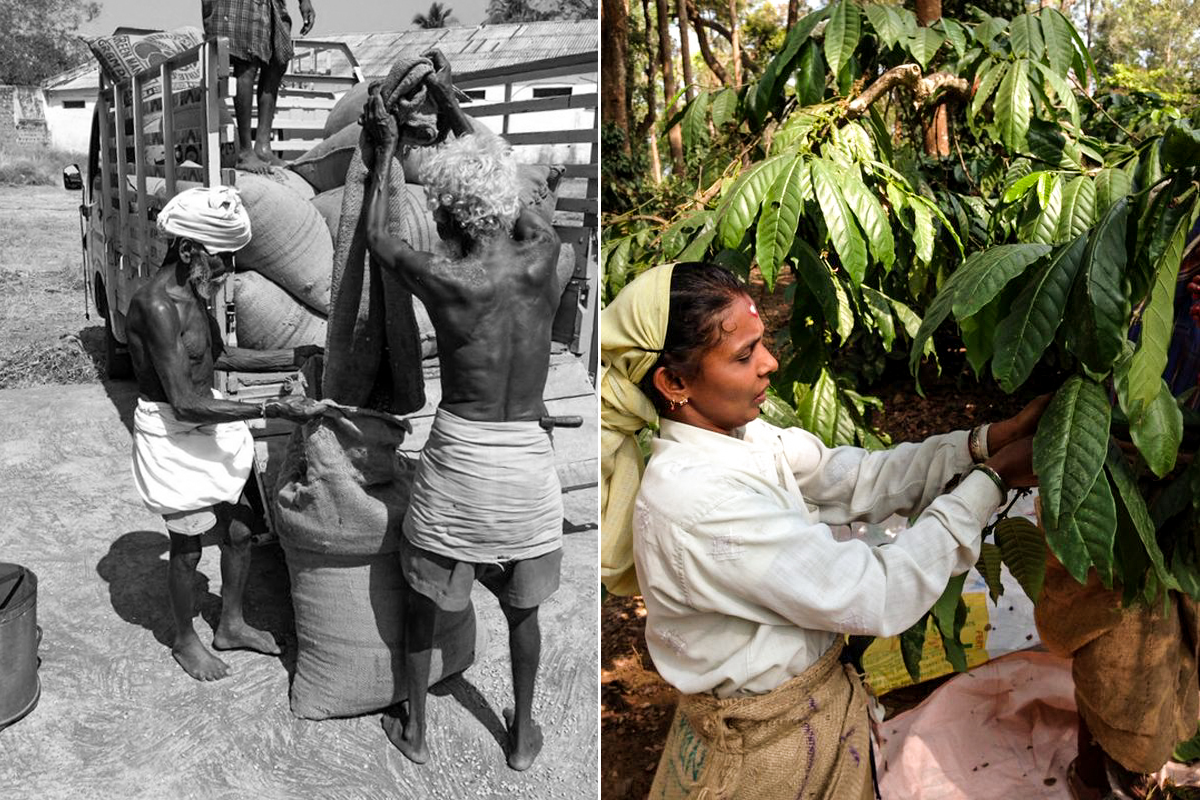GREEN COFFEE
THE PLANTATIONS
The economy of many Countries largely relies on the exports of coffee, a product which together with oil, steel and wheat has a very high economic value on the global stage. Among the many plants species of the “Coffea” variety, only two are used for the production of coffee: Coffea arabica, ordinarily called Arabic, and Coffea canephora, widely known as Robusta. The fruit of coffee is a drupe or berry red in color for almost all varieties. Every fruit generally contains two seeds. The plants fructify in a continuous cycle and harvesting can be manual or mechanical. Manual harvesting can be performed in two different ways: picking, a method that ensures the highest quality but bears higher costs (the harvesters walk many times back and forth the plantation only gathering the healthy and ripe seeds), or stripping (once the majority of fruits is ripe, they are harvested just once). After harvest, it is important to take the seeds out of the fruits in a very short time span, or they will rapidly deteriorate; this can be done with wet or dry processing. Finally the beans are duly sieved, selected by size and placed in jute sacks generally weighing 60 kg, ready to be shipped.






